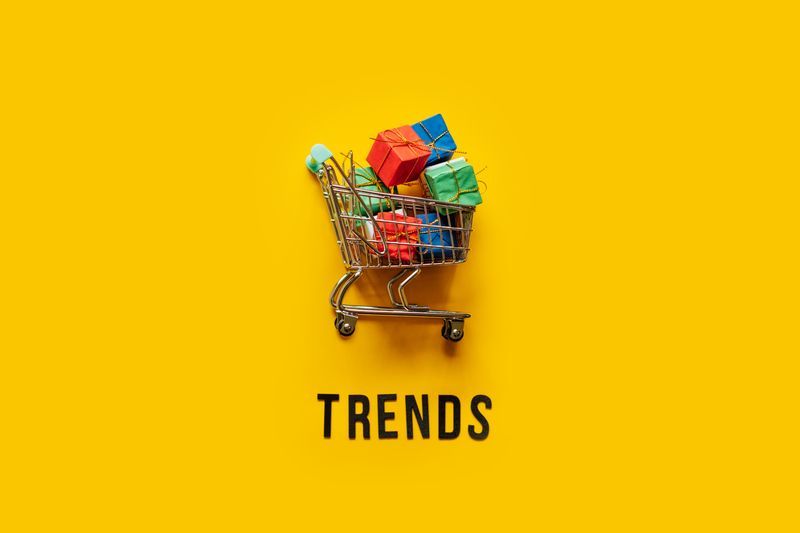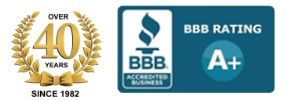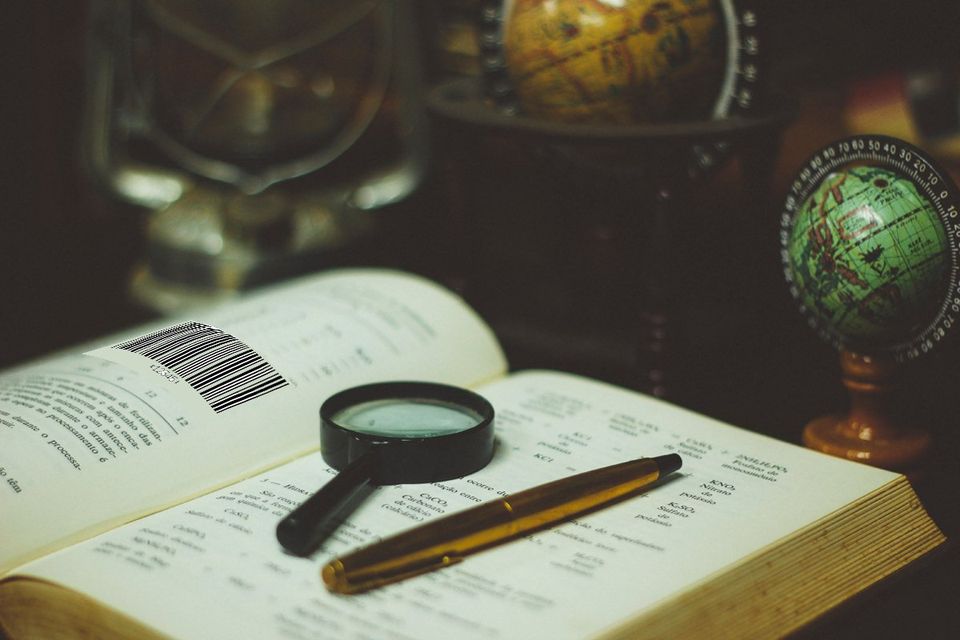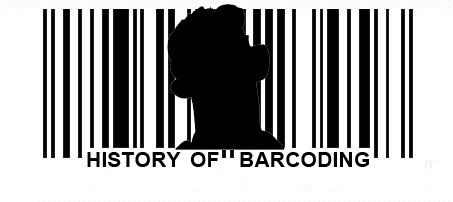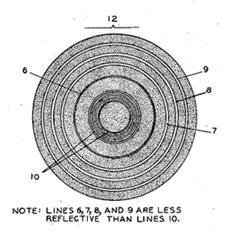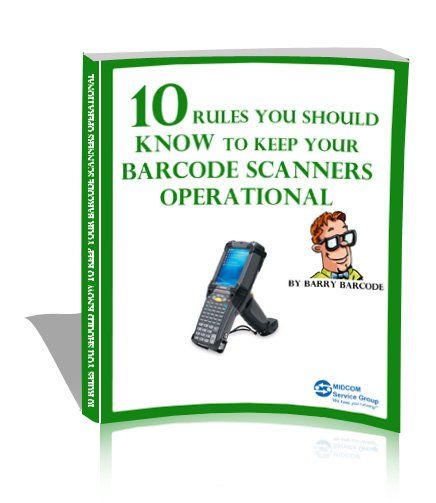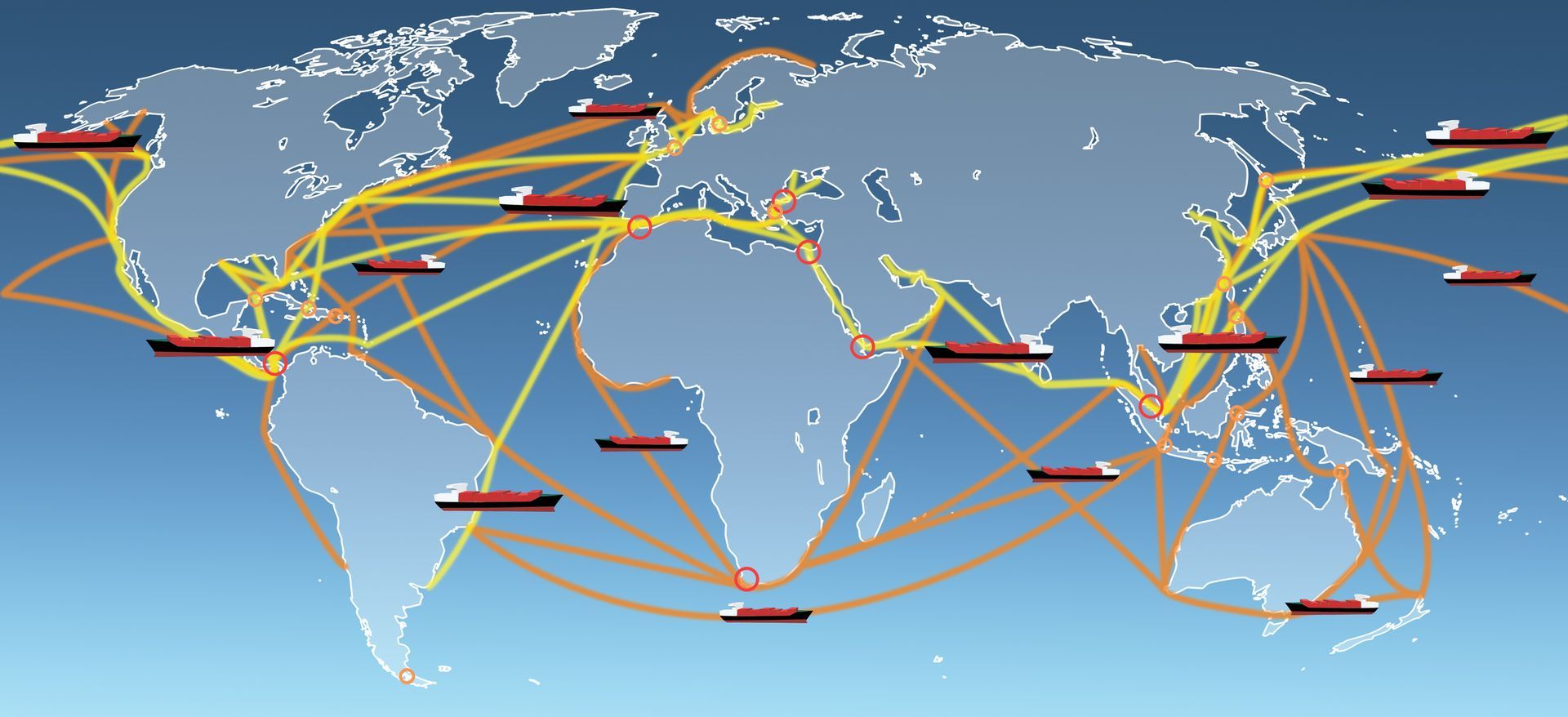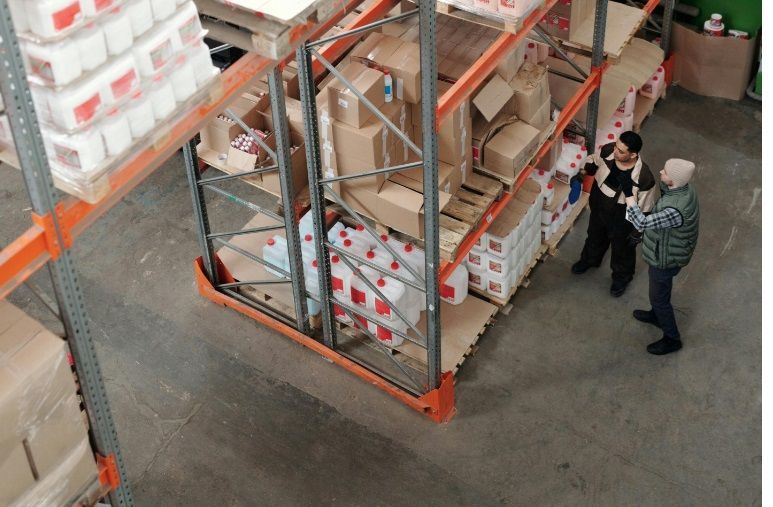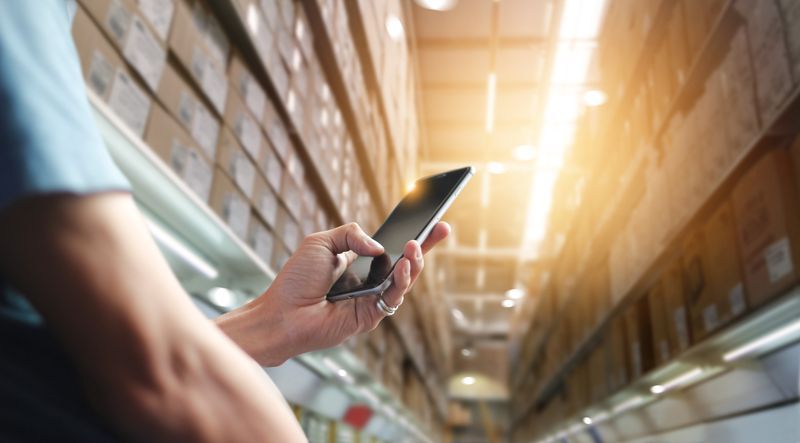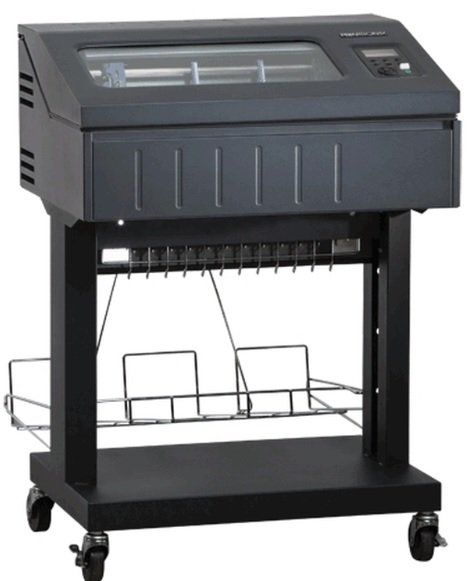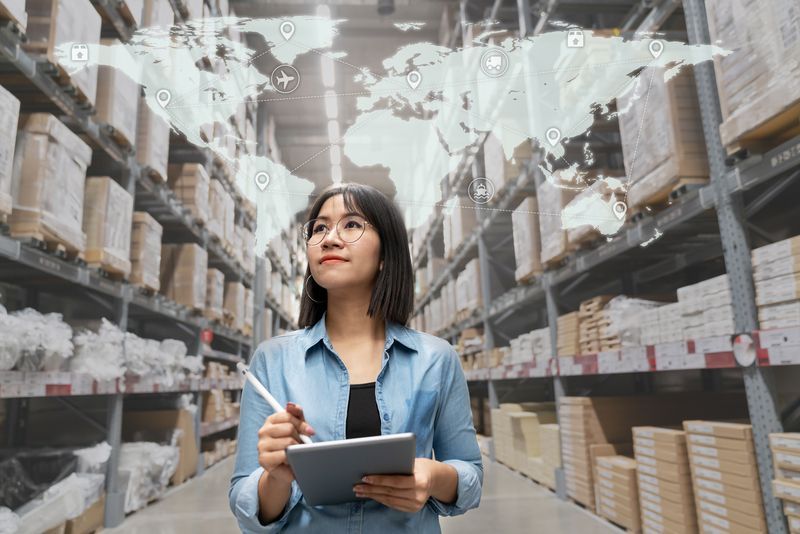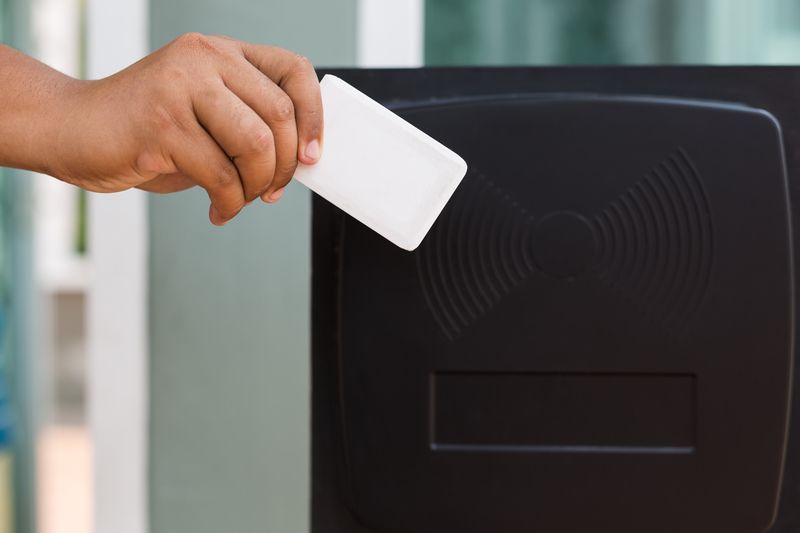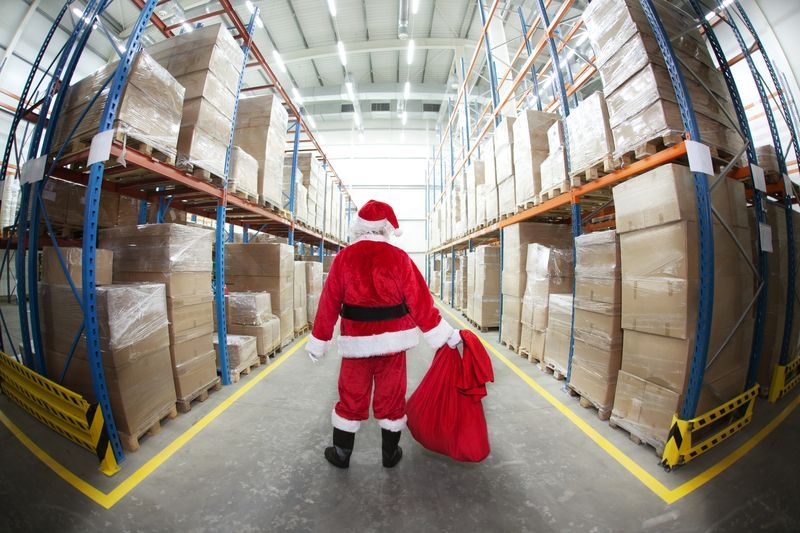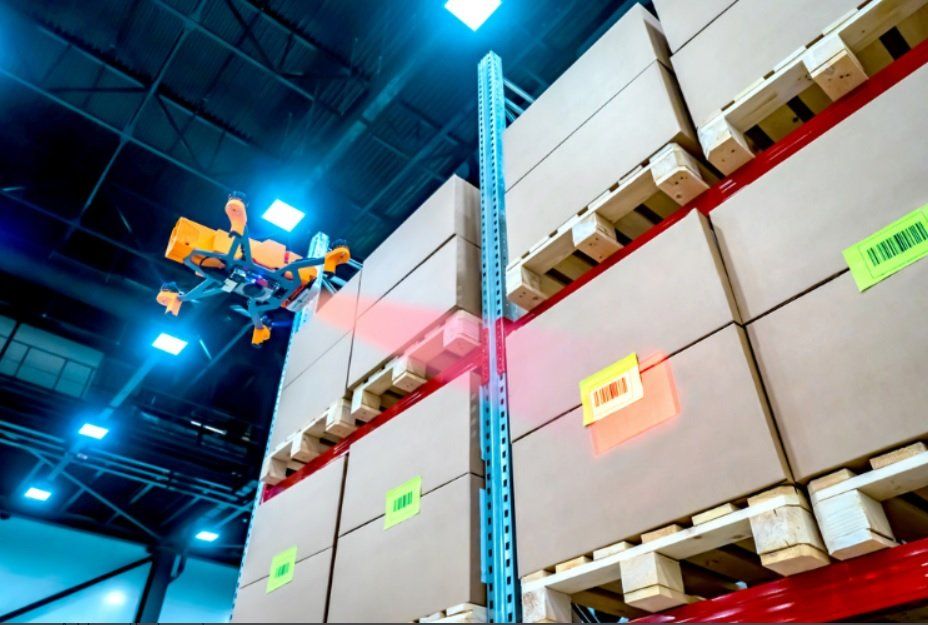What Is The History Of The Barcode?
Ever wonder how barcodes came to be? Here is a breif history of barcodes.
Thought it might be time for a little history lesson. Not sure about you but barcodes fascinate me. I love telling and retelling this story; the story of barcodes and how they came to be.
I could go on and on and on, but I will just give you the brief timeline version and save it for another time.
Well, as the story goes …
1932 – Wallace Flint wrote a thesis on grocery purchases being checked out and recorded through use of perforated cards.
1948 – Bernard Silver and Norman Woodland built a device to test the use of patterns of ink that glow under ultraviolet light and eventually developed the linear bar code using existing technology elements taken from movie soundtracks and Morse code.
1949 – He eventually changed the wide and narrow lines with concentric circles, allowing for it to be scanned in any direction, which then became known as the bull’s eye code. Two patents were filed on October 20, 1949.
1951 - Silver and Woodland built first actual barcode reader using a 500-watt incandescent bulb and a RCA 935 photo-multiplier tube.
1952 – Patent granted.
1962 – Patent sold to Philco and then later sold to RCA.
1960s – David J Collins of Sylvania Corporation developed labeling system for identifying railroad cars. Used groups of orange and blue stripes made of a reflective material, which are arranged to represent digits 0 – 9. Each car was given a 4-digit number to identify the railroad that owned it and a 6-digit number to identify the car itself. By 1967 – this became a nationwide standard for a coding system.
1967 – Collins founded Computer Identics Corporation.
1969 – Computer Identics Corporation installed their first 2 systems – in General Motors plant in Pontiac, Michigan (which monitored production and distribution of automobile axle units) and General Trading Company in Carlsbad, New Jersey’s distribution facility (which directed shipments to the proper loading bay doors).
1970 – Grocery industry starting to become more interested in barcoding technology and established consortium to develop industry standard – with goal to speed up check-out process and save money.
1971 – Woodland with IBM developed.
April 3, 1973 – UPC (Universal Product Code) was adopted as industry standard. The code has two sections – first 6 digits which starts with 0 and the next five are manufacturer’s code, the next five are product code and the last is a ‘check digit’ used to verify that the other digits have been scanned correctly. The code can be scanned in any direction.
June 24, 1974 – Marsh supermarket in Tory, Ohio was the location of the first product to be sold with the use of a scanner. It was a single pack of chewing gum.
1981 – The popularity of scanners continued to rise. Over 10 percent of grocery stores in the US were equipped with scanners.
1984 – The popularity really took off and was over 33%.
2015 – Now over 60% utilize scanners in the grocery industry.
Other industries worldwide have come on board and realized the benefits. Barcodes are everywhere from hospitals, auto parts, lumber, boats, pets, marathon runners, clothing, advertising, etc. The uses are endless and continue to expand and evolve with demand and the changing times.
For more information on barcoding and to learn more about your options for all your printer, labeling and barcode scanning needs, call us as (800) 643-2664 and immediately talk to one of our friendly Printer & Barcoding Specialists.
